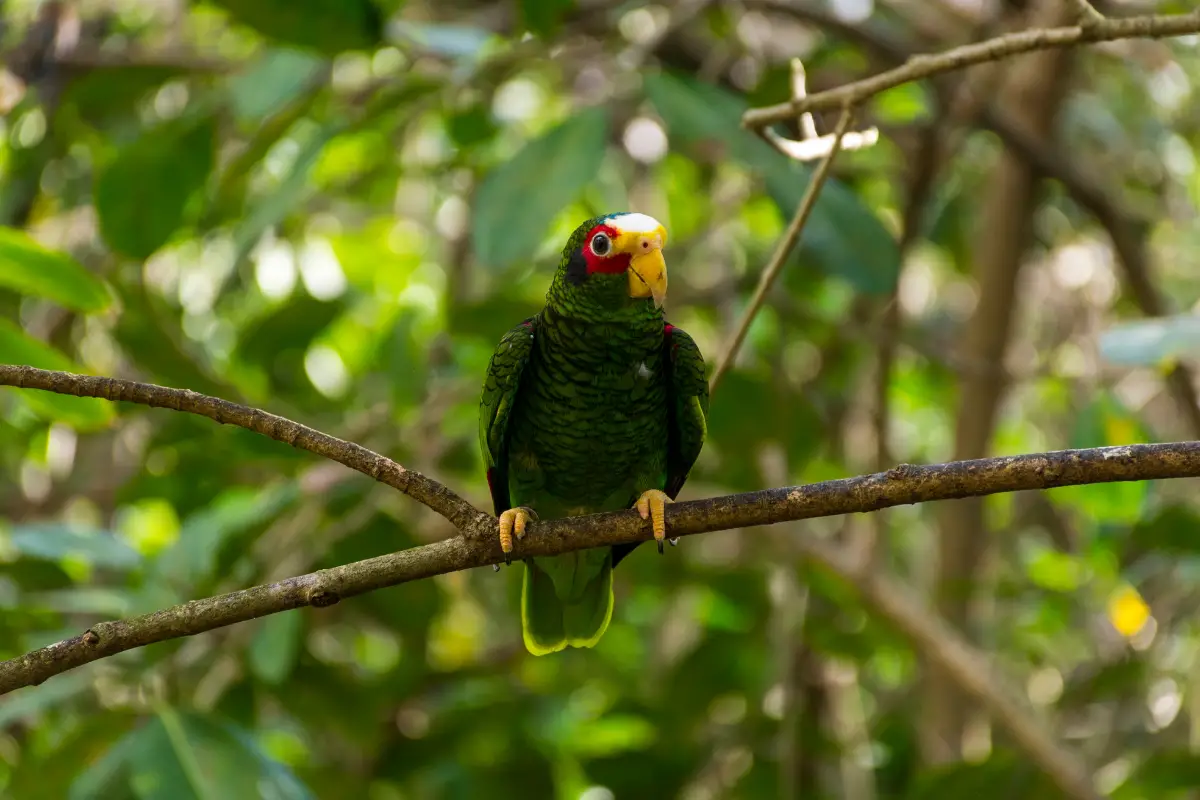
A Guide to Birds and Birding Sites in and Around Mazatlan, Mexico
With roughly 1,000 species of birds, Mexico is a birder’s paradise. It borders the Sea of Cortez, the Caribbean and the Pacific Ocean, with jungles, plains and deciduous forests in between. From the northern Sonoran Desert through the high mountain ranges of the Sierra Madre to the valleys of Oaxaca, Mexico showcases more bird species than the United States and Canada combined. The area around Mazatlan offers much of that bird-rich environment.
Table of Contents
Mazatlan, Mexico
In the state of Sinaloa, Mazatlan is known as the “Pearl of the Pacific”. Just a two-day drive from Tucson, Arizona, Mazatlan is a favorite destination of tourists from around the world. Offshore, the Sea of Cortez meets the Pacific Ocean, and sunshine and warm weather are found year-round. Fishermen are drawn to the abundant marlin and dorado, and enormous succulent shrimp are featured on the city’s many menus.
Mazatlan lies just south of the Tropic of Cancer, on the ocean and within a day’s drive of the high montaine forests of the Sierra Madre. This unique combination of life zones, climate and environment reward the adventurous birder with a wealth of birdlife, residential, endemic and migratory.
A Guide to the Birds Found in and Around Mazatlan
There are many more birds found in and around Mazatlan than can be listed in a short article, but the following paragraphs give an idea of the variety of habitat and birdlife available to the birder.
Mazatlan’s proximity to the ocean and rich estuaries draws a wide range of water, shore and sea birds. A day on and around the coast or at the nearby Estero del Yugo will easily produce more than 50 species. Locations on or near the water produce all the expected North American herons, grebes, egrets and terns, plus those unique to the area including Boat-billed and Tiger Herons. Lesser and Greater Yellowlegs, Northern Jacana, Roseate Spoonbill, Brown and White Pelican, White and Glossy Ibis, Sanderling, Wilson’s, Black-bellied, Semi-palmated and Snowy Plovers, White-tailed Kite and Wood Stork. Ducks, avocets, stilts and cormorants are common, as are Crested Caracara, Osprey and Magnificent Frigatebird.
Within the city, numerous birds can be found, including Tropical Parula, Varied, Blue, Indigo and Painted Buntings, Black-throated Magpie Jays, White-collared Seedeater, Blue-gray Gnatcatcher, Yellow-winged Cacique, Cinnamon Hummingbird, Citreoline Trogan, Streak-backed, Black-vented and Hooded Orioles,
Just outside the city, toward La Noria and Cacaxtla Preserve, others can be added to one’s list, including Pale-billed, Lineated and Golden-cheeked Woodpeckers, Rufous-backed Robin, Greyish Saltator, numerous warblers (including Fan-tailed) and vireos, Yellow Grosbeak, Gray Hawk, Purplish-backed Jay, Nutting’s, Olive-sided and Vermilion Flycatchers, Orange-fronted Parakeet, Rufous-bellied Chachalaca and Squirrel Cuckoo.
The highway from Mazatlan to Durango opens up high-mountain habitat, and within 60 miles of the city, many new birds can be found, including Brown-backed Solitare, Red-faced and Red Warblers, Grey-crowned and Arizona Woodpeckers, White-throated Thrush, White-eared Hummingbird, Mountain Trogan, Eared Quetzal, Red-headed Tanager, Masked Tityra, Mexican Parrotlet and one of the more remarkable target birds, the Tufted Jay.
Best Birding Sites in and Around Mazatlan
Shore and sea birds can be found all along Mazatlan’s oceanfront, but the best opportunity to find bird variety within the city is the northern Sabalo-Cerritos area. This is the newest part of the expanded city, with numerous condominiums rising along Avenida Sabalo-Cerritos. Trees, vacant lots and ponds in the area are magnets for birds, but the premier birding spot in the area is Estero del Yugo, a 27-acre protected estuary.
Other excellent birding sites can be reached easily from northern Mazatlan, as well, including Emerald Bay, La Noria, the road to Marmol and El Quelite, Cacaxtla Preserve and Las Barras de Piaxtla.
The road to Durango lies south of the city and the airport. The road rambles through tropical deciduous forest before climbing above 7,000 feet in the Sierra Madre, giving birders a wide range of opportunities. Birders could easily spend a full day or more at Copala and the nearby Panuco Road, which is about two-thirds of the way from Mazatlan to the Tufted Jay Preserve. Primitive accommodations are available at the Preserve, as well as in Concordia, Copala and Villa Blanca. Just beyond the turn off to the Tufted Jay Preserve lies the Barranca Rancho-Liebre, roughly at Kilometer 200, where the only parking is at the base of a hill, at a wide shoulder on a curve. Several trails lead into the Barranca from here, including the primary one that ends at a steep overlook. Birding beyond this 60-mile point is far less interesting.
Mexican Resort Birding
Oceanfront resorts in Mexico are popular with tourists for many reasons. In the case of Mazatlan, birders will find the opportunities to discover exciting birds so numerous that they might never see the beach.

